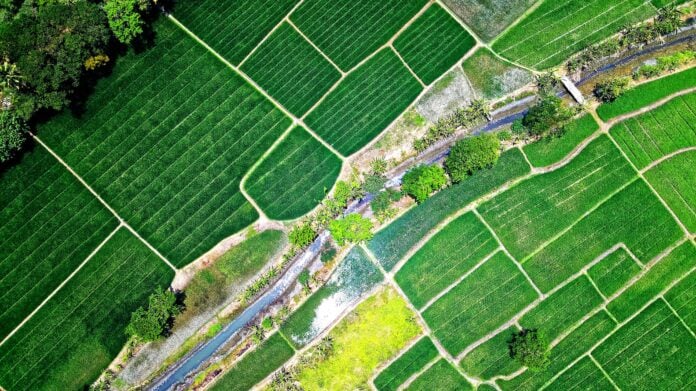This month, the federal government initiated significant layoffs across multiple agencies, including the Natural Resources Conservation Service (NRCS), an essential but often misunderstood branch of the U.S. Department of Agriculture (USDA). The NRCS saw approximately 1,700 employees terminated, representing nearly 14% of its workforce, raising concerns about the agency’s ability to support farmers, ranchers, and landowners with crucial conservation programs.
What Does the NRCS Actually Do?
The NRCS is not a regulatory body but a technical assistance agency that provides farmers, ranchers, and private landowners with the tools and resources needed to maintain soil health, prevent erosion, manage water resources, and enhance wildlife habitats. Contrary to some political narratives, NRCS does not impose conservation mandates but instead offers voluntary programs designed to help landowners improve productivity while maintaining sustainability.
Some of the agency’s key responsibilities include:
- Soil Conservation – Preventing erosion and degradation to ensure long-term land productivity.
- Water Resource Management – Helping landowners optimize irrigation, reduce runoff, and protect water quality.
- Wildlife Habitat Restoration – Assisting in preserving biodiversity through land management practices.
- Disaster Recovery – Providing funding and expertise after floods, wildfires, and droughts.
- Nutrient & Waste Management – Helping landowners implement responsible fertilizer and livestock waste management practices.
How Many Employees Work in Kansas, and What’s the Impact?
NRCS operates 105 Conservation Districts in Kansas—one per county—which work closely with local landowners. While the exact number of NRCS employees in Kansas isn’t publicly available, the state has a strong presence of NRCS conservationists, engineers, and specialists. With 14% of the national workforce laid off, Kansas NRCS offices are undoubtedly feeling the strain, affecting the ability to process conservation funding applications, assist with farm projects, and respond to natural disasters.
The Political Misconceptions About Conservation
When people hear “conservation,” they often associate it with politically charged debates about climate change regulations and environmental policies. However, the NRCS operates outside of partisan environmental debates and focuses on practical, science-based land management. Farmers and ranchers across all political backgrounds depend on NRCS programs, not for climate activism, but for economic and agricultural stability.
The layoffs disproportionately impacted probationary employees, many of whom were field staff in direct contact with landowners. This loss could slow down conservation efforts, from implementing soil health initiatives to addressing water management concerns. With agriculture being a cornerstone of the Kansas economy, these layoffs may have long-term consequences for rural communities.
What Happens Next?
With fewer NRCS staff on the ground, landowners seeking assistance may experience delays in securing funding and technical support. Conservation districts, already stretched thin, may have to absorb additional responsibilities, leading to service gaps for farmers and ranchers who rely on these programs to keep their operations running efficiently.
While government cost-cutting measures are often aimed at reducing bureaucracy, the NRCS’s role in supporting American agriculture and land stewardship is vital. These layoffs highlight the disconnect between political narratives around conservation and the on-the-ground reality of farmers and ranchers who rely on this assistance not for ideology, but for practical land management solutions.
As this situation unfolds, Kansas landowners affected by the layoffs can contact their local NRCS offices and conservation districts for updates on available resources. Despite the challenges, local partnerships and state-level initiatives may help mitigate some of the impacts of this significant workforce reduction.





